What is NEV?
Over the last few years, electric cars have become more popular with more of them appearing on our roads. Typically, these are referred to as EVs. But there is another term that you may not be familiar with — NEV.
Not to be confused with ‘neighbourhood electric vehicle’, NEV stands for ‘New Energy Vehicle’ and is a term used to describe all types of electric vehicles, from battery-powered fully electric vehicles to plug-in hybrid cars.
BYD is the No.1 NEV Maker, so we’re well placed to explain everything you need to know about NEVs. Below, we’ll take a closer look at different types of NEVs and the benefits of these vehicles.
Types of NEVs
Battery Electric Vehicle (BEV)
- Battery-electric vehicles are all-electric. They are powered solely by a battery that powers an electric motor to make the car move. This battery is charged externally by plugging the vehicle into a charger installed at your home or in public. Because it doesn’t have an engine, it doesn’t release exhaust emissions into the atmosphere.
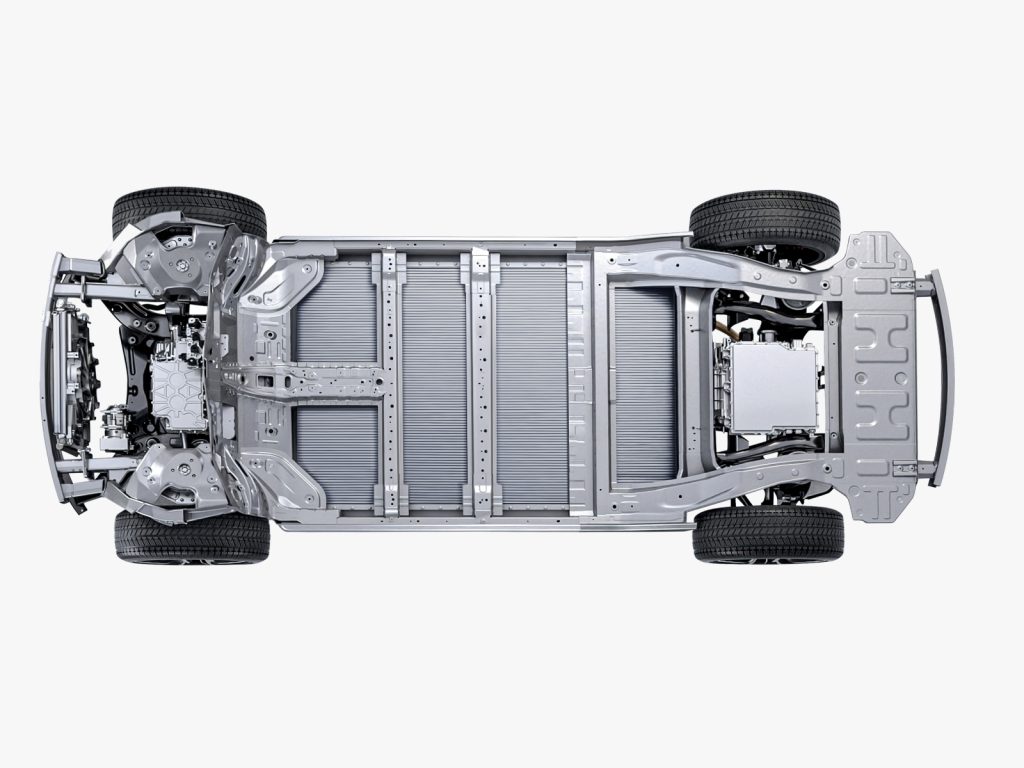
Plug-in Electric Vehicles (PHEV)
- A PHEV is another type of NEV. Plug-in electric vehicles combine an internal combustion engine with an electric motor. This type of NEV will primarily run on electricity until it runs out of charge. This is when the internal combustion engine will kick in. PHEVs can be charged externally with a home charger or at a public charging station. This type of new energy vehicle is a good option for those who drive longer distances to reduce range anxiety. When the battery runs out, fuel will keep the wheels turning.
- BYD has developed a hybrid technology unlike any other. Super DM Technology is the driving force behind our PHEVs. It boasts a range of benefits including enhanced driving performance and low fuel consumption. Look for DM or DMi in BYD model names to identify this game-changing hybrid technology.
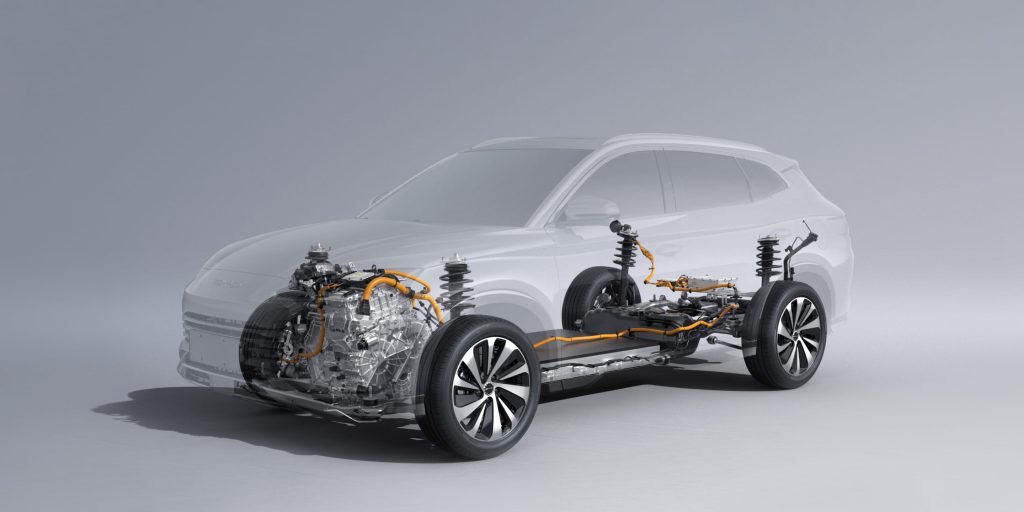
NEV Benefits
Environmental Impact:
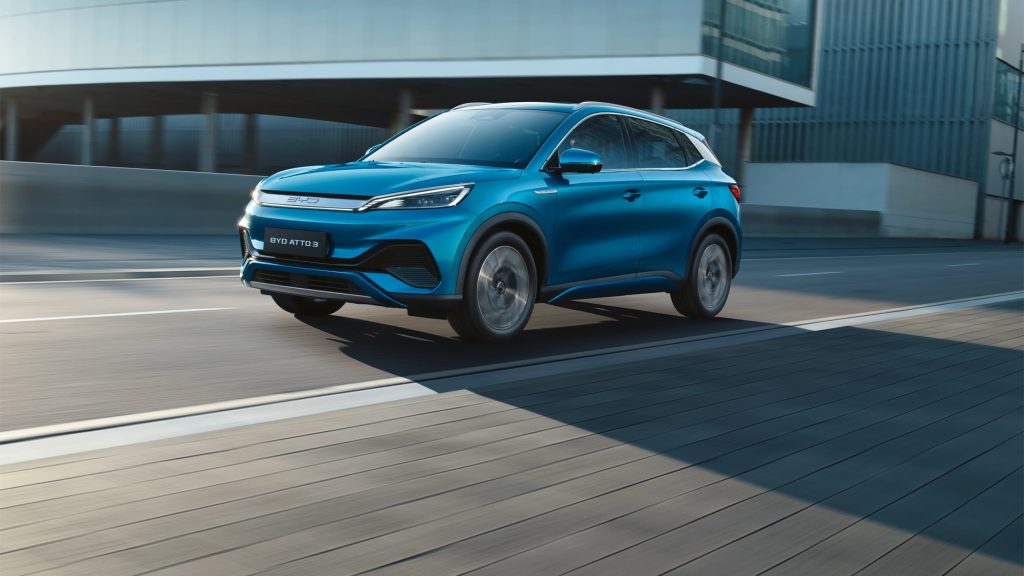
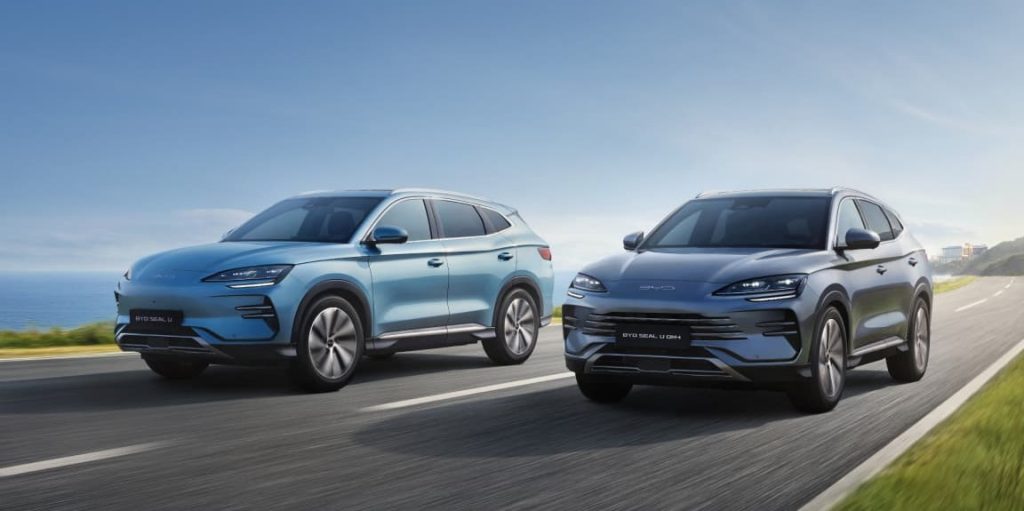
Energy Efficiency:
Economic Benefits:
- NEVs offer drivers a range of economic benefits including costing less to charge your car than to fill up with fuel. Fewer parts in NEVs mean less to spend on upkeep — you won’t have to worry about regular maintenance like oil changes in BEVs.
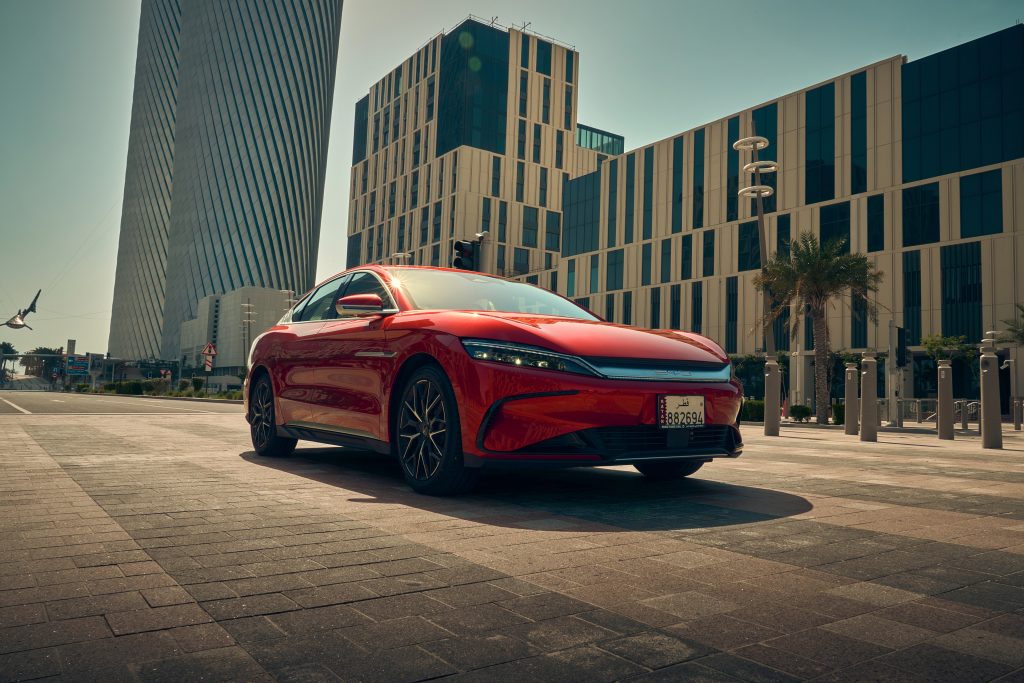

Advanced Technology:
Many NEVs including BYD electric cars feature some of the most advanced technology to make driving safer and more comfortable. This includes driver assistance tech and internal components like the car’s battery. To learn more about BYD’s industry-leading advancements, explore BYD Super DM Technology for more information.
What’s The Difference Between NEV And Traditional Vehicles?
NEVs are more energy efficient than traditional vehicles. New energy vehicles get you further by using less energy.
NEVs are quieter when on the road. They make less noise for a smooth drive compared to cars with internal combustion engines.
NEVs offer instant torque, making them fun to drive!
One of the main advantages of NEVs is being able to top-up at home. Not only do you not need to visit a petrol station, but you can save money too. Many energy providers offer customers low-cost energy for charging at off-peak times.
